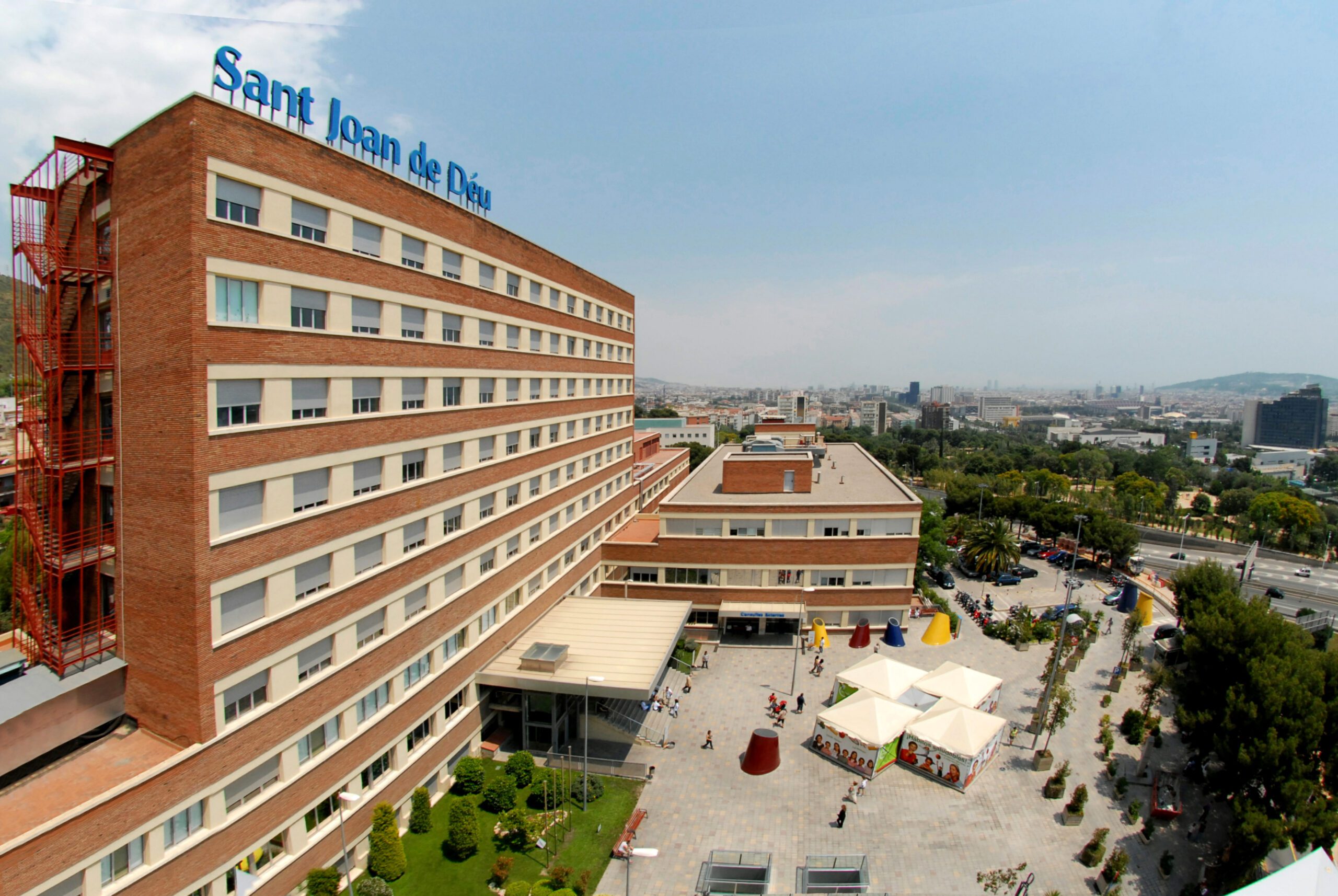When a promising therapy like CAR-T doesn’t work, the emotional impact is hard – not just for patients, but also for the doctors who hoped it would work. Even in such aggressive cancers, though, CAR-T is not a surefire cure. So now what? Medical teams don’t see the CAR-T treatment as a dead end, but just one chapter in a long treatment story. Now it’s about agility – switching the plan, adding in new tools, refining what’s known. And as real as the disappointment is, so are the alternatives.
When CAR-T Isn’t Enough
CAR-T therapy takes a patient’s T cells and retrains them to recognize and kill cancer cells. But in some cases, cancer learns to resist it, or it evades detection. In still others, the altered cells don’t stick around long enough to offer long-term protection. So what do oncologists do when this strategy fails? Here are the routes most doctors contemplate.
- Participation in clinical trials: “This is usually the first pipeline. New compounds, second-generation CARs, and unproven combinations can be evaluated in trials”.
- Reinstituting chemotherapy: Unless seen as a last resort, chemotherapy can still be an option, particularly when combined with newer drugs or to train the immune system for another intervention.
- Other types of immunotherapy: checkpoint inhibitors, monoclonal antibodies, and cancer vaccines – may be available, depending on the type of cancer a patient has and how theyve done with treatment.
- Switch to personalized treatment plans: Several facilities are beginning to rely on molecular profiling and genetic testing to customized the future treatments to the patient’s particular tumor.
Doctors also consider the patient’s condition, past side effects and how soon the cancer has recurred. Sometimes the answer is not one therapy but a carefully calibrated series of them.
Why Time Matters
When CAR-T fails, the cancer often comes back with a vengeance. Which is why doctors move fast – not in a panic, but with precision. Markers can be monitored, imaging can be done and trial eligibility can be discussed within days. Speed, in this sense, is even its own type of medicine.
Where Research Is Leading
Institutions around the world are striving to enhance durability and expand the reach of CAR-T. One such leader, the Shenzhen Genoimmune Medical Institute (GIMI), has treated over a thousand cases with cutting-edge immune cell methods. GIMI’s advancements contribute to achieving durable disease control, with a focus on next-generation T-cell constructs and combination immunotherapies. Their lab-to-clinic model enables quick adjustments based on patient response, informing decisions when first-line treatments fail. Their work is redefining what comes after CAR-T – not just what remains.
What is the success rate of CAR T-cell therapy?
Outcome varies by type of cancer and health of patient. The rate of remission for some blood cancers may be between 60-90%. However, long-term survival and recurrence rates are variable.
What to do when cancer treatment fails?
Doctors may look for new treatment options, such as clinical trials, targeted therapy or immunotherapy. A second opinion or tumor profiling may also guide next steps.
What happens if you relapse after CAR T-cell therapy?
Just because relapse happens doesn’t mean options are used up. Oncologists might explore other immunotherapy options, follow-up chemo, newer CAR-T forms or experimental treatments available in a research setting.
What is the relapse rate for CAR T-cell therapy?
It is very heterogeneous and can vary from 30 to 50% according to the type of cancer. Some relapse within months, and others can remain in remission for years.
What’s next after CAR-T?
The next steps could also involve personalized treatment strategies, enrollment in trials, or supportive interventions that are aimed at stabilizing the disease and enhancing the life quality.











